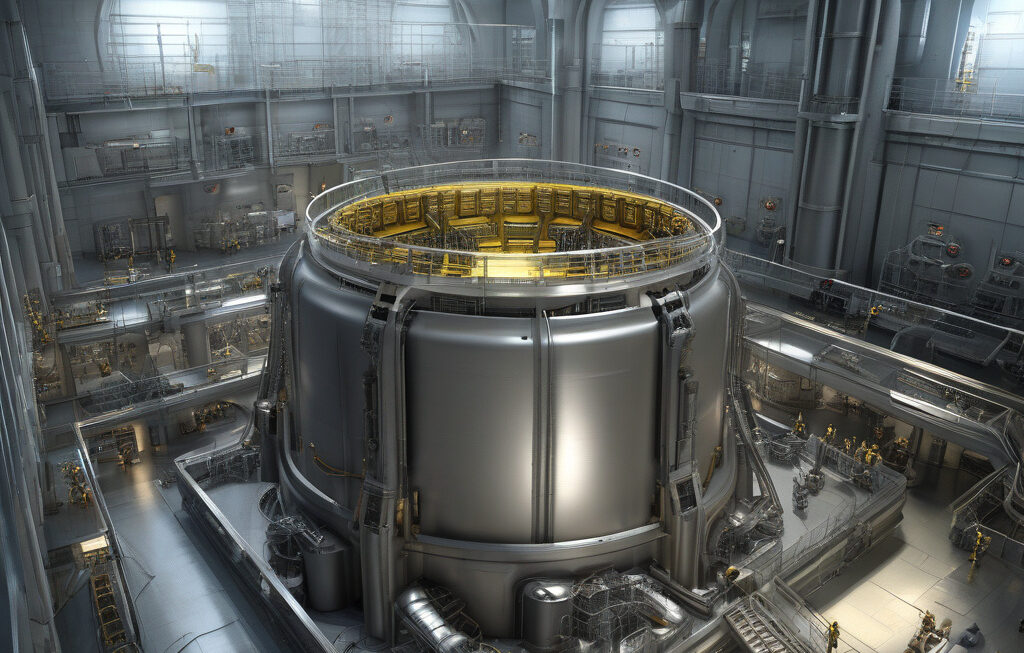Fukushima Fiasco Continues: Japan Delays 880 Ton Nuclear Debris Cleanup by 15 Years
The Fukushima nuclear disaster could still be radioactive for decades longer than expected, as there has been a significant setback in the cleanup efforts. Japan has recently announced a delay of 15 years in removing the 880 tons of nuclear debris that remain from the 2011 catastrophe. This decision marks a considerable extension to the initial timeline and raises concerns about the long-term impact of the incident on both the environment and public health.
The disaster at the Fukushima Daiichi nuclear power plant was triggered by a massive earthquake and tsunami, leading to meltdowns in three of its reactors. The aftermath resulted in the release of radioactive materials into the environment, causing widespread contamination and forcing the evacuation of thousands of residents from the surrounding areas. Despite the passage of a decade since the incident, the task of cleaning up the debris and decommissioning the plant remains a complex and challenging endeavor.
The delay in the cleanup process can be attributed to various factors, including technical difficulties, safety concerns, and the sheer magnitude of the task at hand. The radioactive debris poses a significant risk to the workers involved in the cleanup, as well as the surrounding communities. Ensuring their safety while effectively removing the debris requires meticulous planning and execution, which inevitably takes time.
Moreover, the prolonged cleanup timeline raises questions about the effectiveness of current strategies and technologies in handling such complex nuclear disasters. It underscores the need for continuous innovation and investment in research to develop more efficient and sustainable methods for managing nuclear waste and mitigating the impact of such incidents in the future.
The Fukushima fiasco serves as a stark reminder of the long-lasting consequences of nuclear accidents and the importance of robust safety measures in the operation of nuclear facilities. It also highlights the need for transparency and accountability in the aftermath of such disasters, as affected communities continue to grapple with the repercussions of the incident.
As Japan grapples with the extended timeline for the cleanup of the Fukushima nuclear debris, the global community must also reflect on the broader implications of the incident. It underscores the importance of international cooperation in addressing nuclear safety and strengthening disaster preparedness to prevent similar tragedies from occurring in the future.
In conclusion, the delay in the cleanup of the 880 tons of nuclear debris at the Fukushima Daiichi plant is a sobering reminder of the enduring legacy of the 2011 disaster. It underscores the complex challenges associated with nuclear cleanup efforts and the need for sustained commitment to addressing the long-term impacts of such incidents. As Japan navigates the extended timeline for the cleanup, it is crucial for stakeholders to prioritize safety, innovation, and collaboration to ensure a more secure and sustainable future for nuclear energy.
Fukushima, NuclearDisaster, CleanupDelay, EnvironmentalImpact, PublicHealthConcerns












